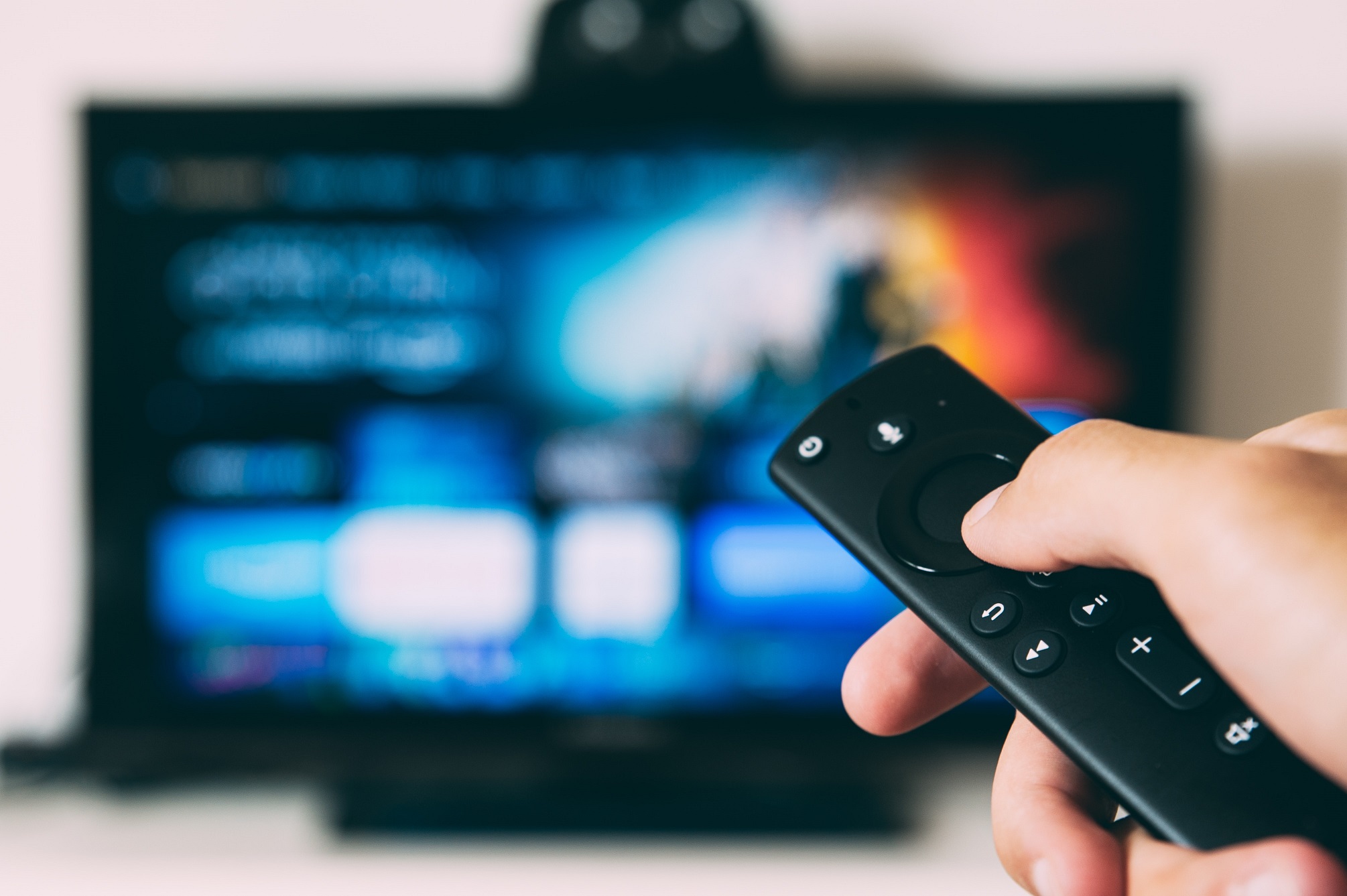A recent report by market research company YPulse finds that more people are watching television and movies with captions and subtitles turned on.
This isn’t exactly breaking news – we’ve tracked the increasing numbers and demand here at VITAC for years – but it’s still interesting and exciting to see how viewing habits and attitudes change over time and how accessibility continues to move to the forefront.
YPulse’s TV and Entertainment report surveyed the television and movie viewing habits of people ages 13 to 39. It asked, among other things, whether they prefer subtitles and captions when watching TV.
The report showed that 59% of respondents in the Gen Z age bracket prefer watching TV with subtitles and captions turned on, while 52% of Millennials polled said they, too, click on captions.
Those polled offered a variety of reasons why they preferred subtitles and captions on content, including:
- Following low or mumbled dialogue
- Helping understand thickly accented speech
- Multi-tasking, such as quickly “reading” the scene on the screen and then go back to looking at their phones.
Increasing Accessibility
Regardless of the reason, the growing popularity of captions and subtitles means more accessible content. Broadcasters, producers, and creators have taken notice and understand that captions and subtitles aren’t just appreciated as an add-on feature for a portion of the audience, they’re expected by a growing majority of the audience.
For instance, earlier this year, Netflix announced customizable subtitles and captions that enabled viewers to adjust the size, style, and color of the text. Viewers can toggle text size between small, medium, and large, and alter the overall appearance of the text to make it easier to read. Other streaming platforms like Disney+, Hulu, Max, and Amazon Prime also offer similar user-adjustments on subtitles and captions.
The YPulse survey also found that millennials, though slightly less likely to choose subtitles than Gen Z, are using them for their children.
According to a survey by Kids Industries, a UK-based research and marketing agency, parents with children ages five to 15 in the US and UK found that the majority of children in the US watch content with subtitles and captions on all or most of the time and that half of kids in both countries need subtitles to enjoy the content they are watching. The findings showed most US parents surveyed (74%) reported that their child watches content with subtitles or captions while nearly a quarter (24%) stated they were used all or most of the time.
Watching programming with captions has been shown to improve literacy, vocabulary, and reading comprehension for children and early readers.
Captions and Subtitles are Ubiquitous
One reason for the increased use of captions and subtitles among younger viewers is that many simply expect to see them now. They’ve grown up with on-screen text and prefer to have it displayed on all their video content, whether it be TV, movies, streaming, or social media. Popular international shows like “Squid Game” or “Kingdom” make subtitles a must for some viewers, and creators on social media have been advocates of making subtitles and captions standard for video content.
Whatever the case, the fact that more people are using captions and subtitles, talking about their benefits, and promoting them to others can only be a good thing.
In the deaf and hard-of-hearing community, captions play an important role in everyday lives, whether they’re on TV (local and breaking news, sports, or scripted sitcoms and dramas), in the workplace (Zoom meetings, in-office presentations, or training videos), or at live events (stadiums, graduation ceremonies, or theater performances).
VITAC has been a leader in captioning, subtitling, transcription, audio description, and localization solutions for more than 35 years. We’re responsible for captioning hundreds of thousands of programming hours each year. Our customers include every broadcast company and most cable networks and streaming platforms as well as program providers, post-production supervisors, content producers, and anyone else interested in high-quality, accurate, reliable captions and subtitles.




